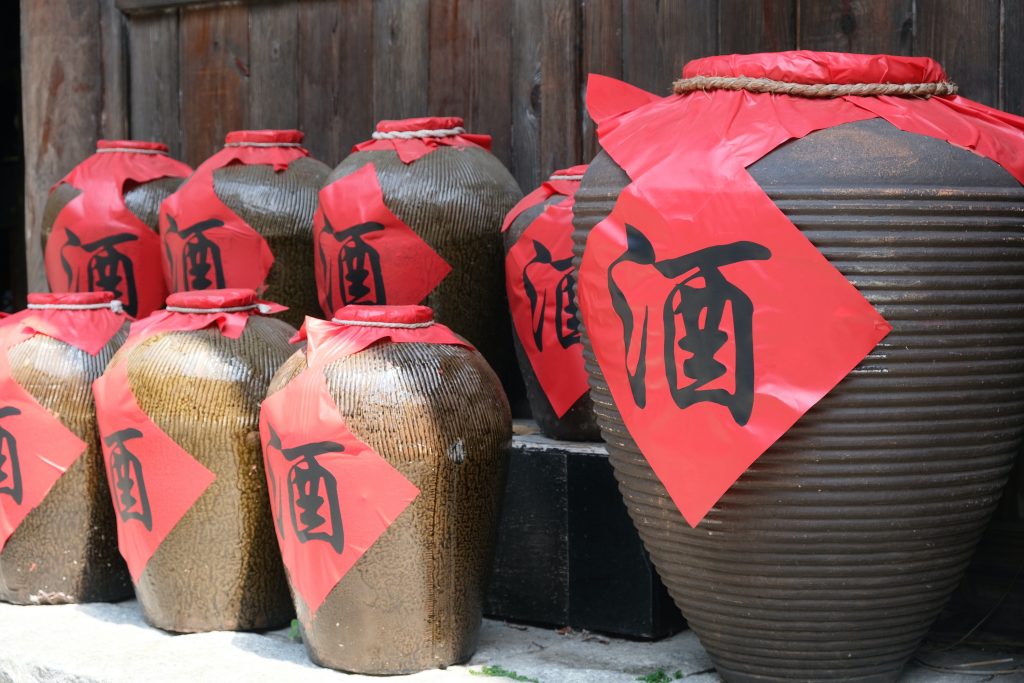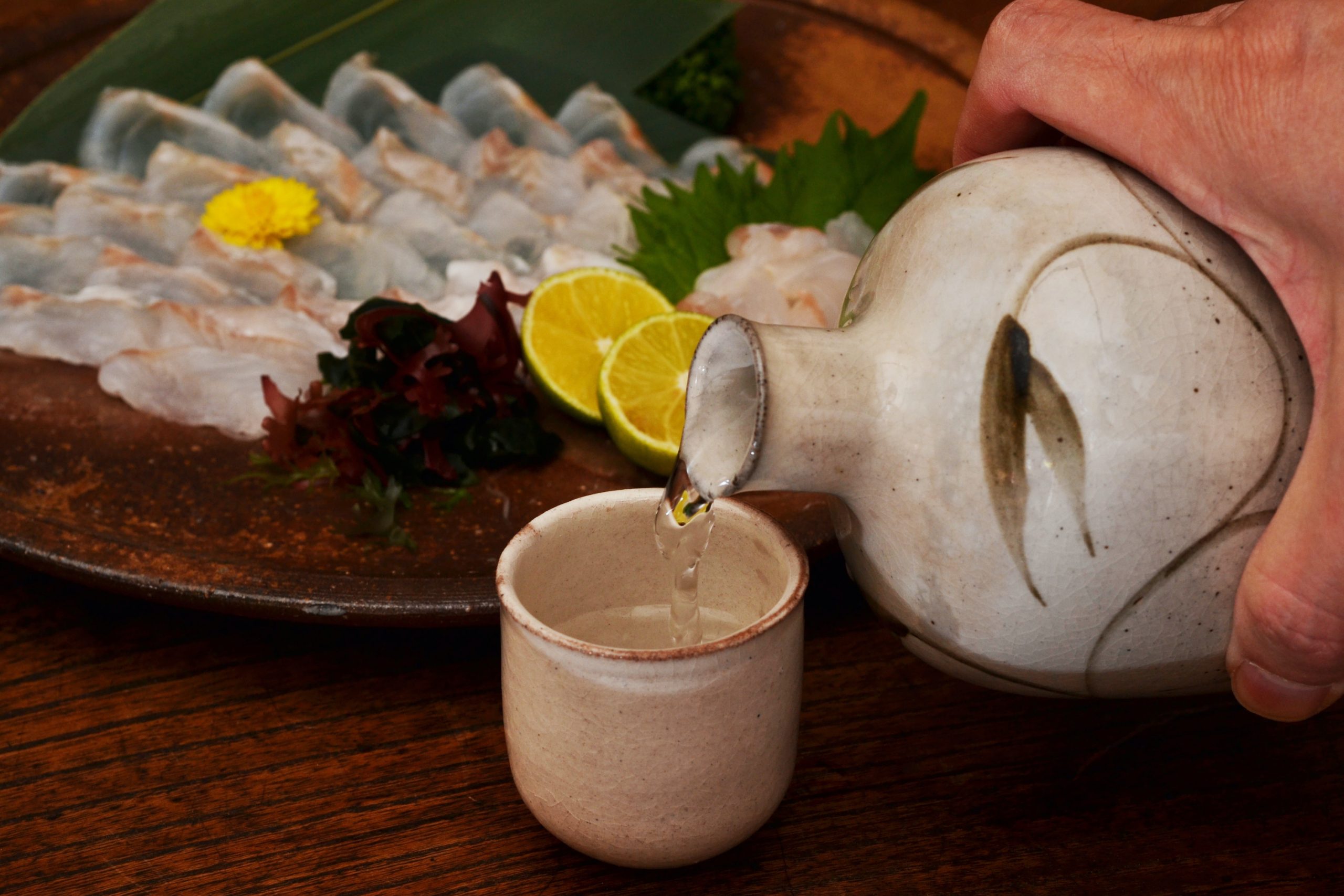Awamori is more than just a regional Japanese liquor—it’s a centuries-old cultural icon of Okinawa. Known for its distinct production method and fermented roots, this unique spirit is capturing global attention for both its bold flavor and intriguing health-related aspects. If you’re a culinary professional or enthusiast curious about fermentation, Awamori offers an excellent starting point.
What Is Awamori? Origins, Culture, and Tradition
Awamori is Okinawa’s oldest distilled spirit, deeply rooted in the region’s subtropical climate, rich cultural heritage, and unique fermentation traditions. Unlike most Japanese liquors, Awamori is made from long-grain Indica rice imported from Thailand, and fermented using a distinct type of black koji mold called Aspergillus awamori. This mold thrives in the humid Okinawan environment and is responsible for breaking down starches into sugars and creating the rich umami and complex aroma profile that define Awamori.
Awamori vs. Sake: What’s the Difference?
Though often grouped under the broad label of Japanese alcohol, Awamori and sake are fundamentally different in their ingredients, production methods, and cultural contexts.
Sake is brewed, like beer or wine, using polished short-grain Japonica rice and Aspergillus oryzae (yellow koji mold). It typically contains 12–15% alcohol and is characterized by a light, slightly sweet, and aromatic flavor. Sake’s brewing process preserves much of the rice’s natural sweetness and is closely tied to colder regions of mainland Japan.
In contrast, Awamori is distilled—closer to whisky or rum—and contains a higher alcohol content (usually 25–30%). The use of Aspergillus awamori gives it a more intense, earthy flavor profile, and the Indica rice results in a drier, more robust finish.
These differences reflect not just taste, but also regional climate, agricultural resources, and deeply ingrained cultural practices.
The History of Awamori in Okinawa and the Ryukyu Kingdom
The history of awamori dates to the late 14th and 15th centuries, and its origins are closely linked to the rise of the Ryukyu Kingdom, which flourished as a maritime base connecting Japan, China, and Southeast Asia. Historical records show that distillation techniques were brought to Okinawa through trade with Thailand (then Siam), which is also why indica rice was used to make awamori.
How Awamori Is Made: Fermentation, Koji, and Distillation
Awamori is made through a unique fermentation and distillation process that sets it apart from other spirits. It begins with Thai Indica rice and black koji mold (Aspergillus awamori), which breaks down starches and produces citric acid—perfect for Okinawa’s warm climate. The mash undergoes a single-stage fermentation, unlike sake’s multi-step process. After fermentation, it’s distilled once to preserve the natural depth of flavor.
Awamori Types

Awamori comes in two primary categories: general sake, which refers to fresh or young Awamori, and Kuusu (古酒), or aged Awamori. Understanding the distinctions helps you choose the right Awamori for any occasion—whether you’re enjoying it casually or exploring its refined.
General Sake (New Sake / 新酒)
Freshly distilled Awamori is known as “shinshu” (新酒), or new sake. This version is bold, vibrant, and has a sharper alcohol presence. Typically aged for less than three years, general sake offers a clean, powerful character that’s great for mixing in cocktails or enjoying with flavorful foods.
New Awamori is ideal for those new to the drink, or for people who prefer more intense flavors. You’ll often find this type sold in standard bottles at liquor stores in Japan and overseas, including specialty shops like Total Wine in the U.S.
Kuusu(古酒)
Kuusu, meaning “old liquor,” refers to Awamori that has been aged for three years or more. Aging typically takes place in traditional clay pots called kame, which allow for slow oxidation and rich flavor development. The result is a smoother, rounder Awamori with deep umami notes, subtle sweetness, and an elegant finish.
Kuusu is highly valued in Okinawan culture. This is because it is an essential drink in Okinawa’s traditional festivals and celebrations. Some Kuusu varieties are aged for 10, 20, or even over 30 years, developing extraordinary depth.
Awamori and Health: What You Should Know
As a fermented liquor, Awamori invites questions about its impact on health. Alcohol intake should be moderate, but because awamori is a fermented food, drinking it from that perspective may help regulate your intestines. Black koji mold produces enzymes and citric acid.
However, as we have said many times before, excessive consumption of awamori can pose health risks, so moderation is key, especially if you are incorporating awamori into a health-conscious lifestyle.
How to Enjoy Awamori: Tasting, Pairing, and Modern Twists
Whether you’re sipping it in a traditional Okinawan home or at a modern cocktail bar in US, the versatility of Awamori offers countless ways to explore its nuanced character. From age-old rituals to cutting-edge mixology, this section offers insight into how you can savor Awamori with intention and creativity.
Traditional Ways to Drink Awamori
Generally, it is enjoyed as is, on the rocks, or mixed with water. Recently, it has also become popular to mix it with carbonated water. You can also enjoy it as a cocktail. Both classic and experimental drink menus:
- Awamori Mojitos: Mint and citrus for a refreshing taste
- Awamori & Tonic: The unique flavor of Awamori and the refreshing taste of tonic water
- Awamori Margaritas: A refreshing cocktail.
The spirit pairs particularly well with citrus fruits like yuzu or lime, tropical elements like passion fruit or pineapple, and aromatic herbs such as shiso, basil, or rosemary.
Awamori in Food Pairings: What Goes Best with It?
Awamori’s bold yet nuanced flavor makes it an exceptional companion at the dining table. Whether enjoyed with traditional Japanese fare or fusion dishes, its versatile palate bridges the gap between salty, savory, and fermented flavors.
Classic pairings include:
- Rafute (Okinawan braised pork belly): the richness of the dish is balanced by Awamori’s dryness and aged complexity.
- Miso-glazed vegetables: highlighting the harmony between fermented flavors.
- Grilled or salt-cured fish: where Awamori’s slight acidity cuts through the oiliness.
International pairings are also surprisingly harmonious. Awamori complements Mediterranean mezze, spiced Indian curries, or even cheese boards, especially those with aged or blue cheeses.
Where to Buy Awamori (Including Awamori Total Wine Options Overseas)
For those living outside Japan, especially in the United States, finding Awamori is becoming easier thanks to growing global interest in Japanese spirits and fermented traditions.
- Specialty Liquor Shops
- Online Retailers
When buying, look beyond branding—consider the age, rice origin, and whether the label mentions traditional black koji fermentation. Kuusu in particular can be a special gift or tasting experience, even if you’re far from Okinawa.
Conclusion: Awamori Bridges Culture, Fermentation, and Flavor
Awamori is a fermented treasure of Okinawa, combining centuries of craftsmanship with the power of koji fermentation. Whether you’re sipping it slowly, visiting its origin, or using it to enhance your culinary skills, Awamori offers a unique lens into Japanese culture and fermentation. Let it inspire your next culinary adventure—and perhaps your next trip to Okinawa.
If you want to learn more about Japanese fermented foods, sign up for our free newsletter
” 耀 Hikari ” – gastronomy
For those who want to master cooking, there are cooking courses and study abroad programs that include pairing with sake.

No responses yet